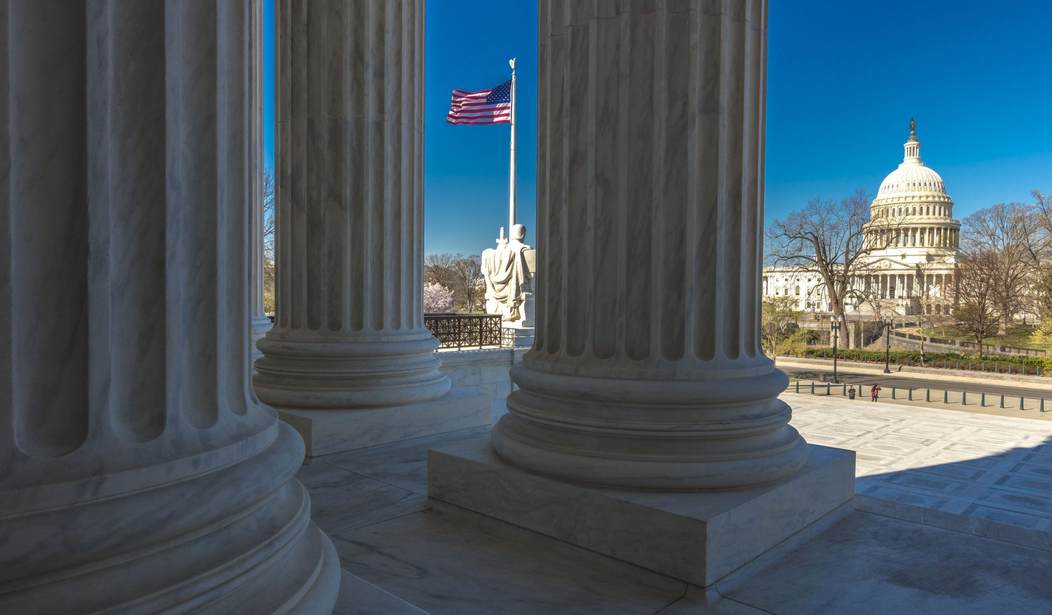In a decision that will have far-reaching implications, the Supreme Court ruled today that federal courts cannot intervene in partisan disputes about the drawing of district lines.
The court threw out challenges to the lines drawn in North Carolina and Maryland. “Partisan gerrymandering claims present political questions beyond the reach of the federal courts,” Chief Justice John Roberts wrote in the majority opinion. And with that, Roberts put an end to the incredible hypocrisy of Democrats who, as the Sacramento Bee points out, used to love gerrymandering.
When they controlled all the levers in 1981, Democrats gleefully grabbed every district they could. The late Congressman Phil Burton drew congressional maps so partisan and convoluted that he described them as “my contribution to modern art.”
Burton’s most famous contribution to “modern art” was the district he drew for his brother, Rep. John Burton:
The younger Burton has since decided he has had enough of Washington and isn’t running. Ironically, Phil Burton had whittled away some of his own Democratic strongholds to bolster his brother’s chances, and now faces a tough reelection battle himself.
Liberal Democrat Howard Berman, now in the state assembly, had his road to Congress drawn by his brother, campaign consultant Michael Berman, who was one of Burton’s two aides-de-camp.
”Chunks and squiggles,” says Berman’s Republican opponent, Hal Phillips, in pointing out the contrived look of the district.
One California Republican at the time said the district Burton created for his brother “looks like a monkey drew it.”
The name “gerrymander” comes from one of the original Democrats. Massachusetts Governor Elbridge Gerry decided to give the fledgling Democratic-Republican party a boost and drew congressional districts guaranteed to elect members of his party. One district was ridiculously shaped like a salamander. Hence, “gerrymandering.”
It has been a time-honored practice since the founding of the Republic. But all of a sudden, after Republicans took over more than 30 state legislatures, controlling the redistricting process in dozens of states, Democrats found that they didn’t much care for gerrymandering at all. In fact, it was downright evil.
The ruling, authored by Chief justice John Roberts, delivered a huge setback to election reformers who had hoped the court would intervene over a growing trend in which parties that control state legislatures use the electoral district line-drawing process to cement their grip on power and dilute the voting power of people who support the rival party.
A “growing trend”? I suppose you could say the trend has been growing since 1812.
The decision could have a major impact in states across the country. Critics have said gerrymandering is becoming more extreme and can better engineer election outcomes with the use of precise voter data and powerful computer software. The justices on May 24 blocked lower court rulings that had struck down Republican-drawn electoral maps in Michigan and Ohio and had ordered new ones to be drawn for the 2020 election.
What is undeniable is the extraordinary detail available these days to draw the partisan lines ever sharper, more precisely. That and the use of powerful computers have made redrawing district lines as much an artistic endeavor as a technical exercise.
But the Supreme Court has now ruled that it is not the business of federal courts to adjudicate partisan wrangles over congressional district lines. One major consequence is that the ruling gives more power to state courts to make these determinations. And it makes federal interference in elections less likely.










Join the conversation as a VIP Member